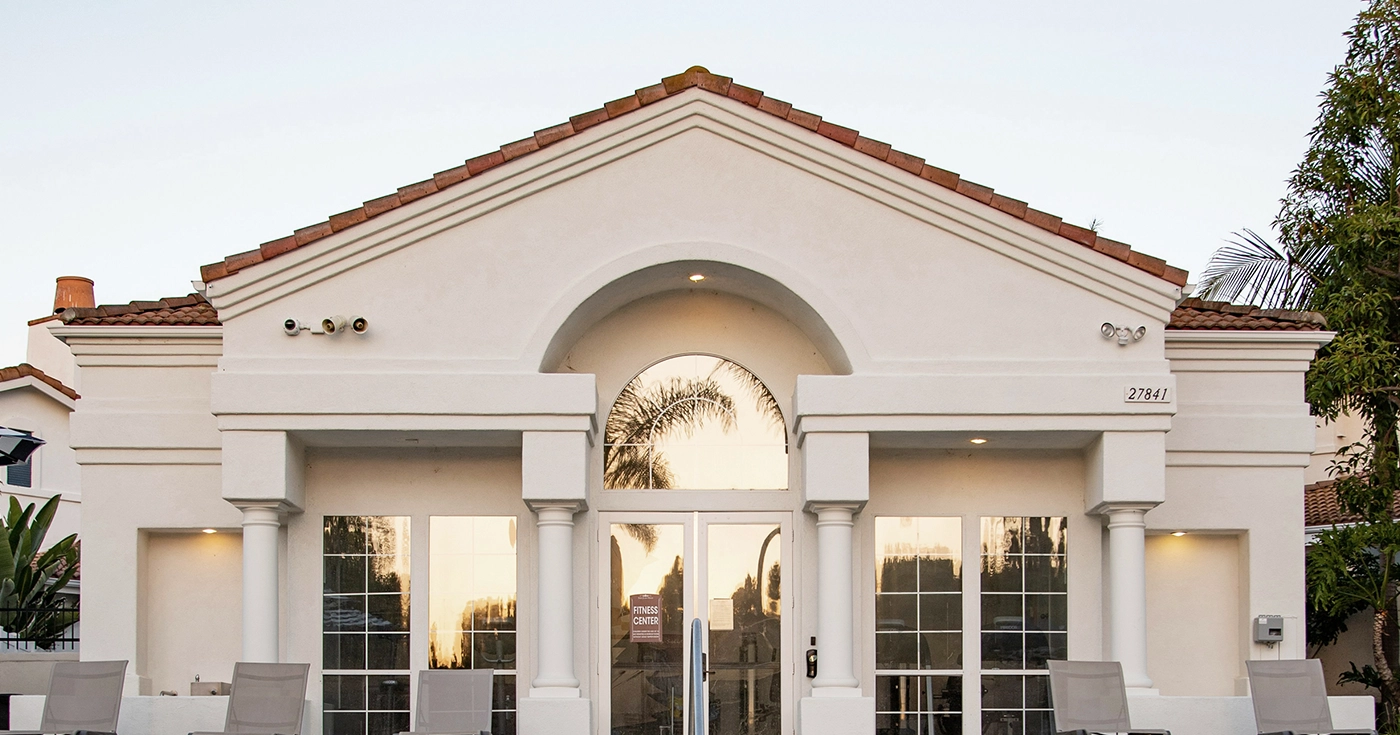
Luxury real estate in Spain: a market reaching historic figures
The luxury real estate market in Spain is experiencing an unprecedented boom, driven by increasing demand and shifting buyer preferences. According to a report by Fotocasa and Infinitum, the supply of properties priced above €800,000 has grown by 150% between January 2019 and March 2024. This surge is also reflected in prices, which have risen by 28%, reaching a historic average of €1.99 million in May of this year.
This growth is fueled not only by domestic interest but primarily by the rising attention of international investors. Additionally, factors such as sustainability, cutting-edge technology, and privacy are redefining the concept of luxury, which is now more closely linked to a holistic lifestyle rather than merely acquiring exclusive properties.
The luxury real estate map in Spain: new territorial trends
The geographic distribution of Spain’s luxury market reveals a significant concentration in coastal and tourist areas. According to the Fotocasa and Infinitum report—produced in collaboration with a high-end hotel complex—Málaga leads with 23.2% of the national luxury property supply, followed by Alicante (18.9%) and the Balearic Islands (12.7%). These provinces stand out not only for the volume of available properties but also for their average prices, which exceed €2.6 million in Málaga, €1.6 million in Alicante, and €2.3 million in the Balearic Islands.
The appeal of these areas is driven by factors such as quality of life, natural surroundings, and access to exclusive services. Moreover, the Mediterranean climate and strong international market connections make these regions the preferred destinations for foreign buyers seeking high-end residences for vacation, permanent living, or investment.
On the other hand, major metropolitan areas like Madrid and Barcelona, while losing prominence in terms of relative supply, remain significant players. Madrid accounts for 8.8% of the market, with average prices around €1.8 million, whereas Barcelona holds 11.5% of available luxury properties, with an average price of €1.6 million. These markets stand out for their high-quality infrastructure, services, and the increasing integration of technology and sustainability in real estate developments.
Changing preferences and buyer profiles
The luxury homebuyer in 2024 is not just looking for a high-quality property but a collection of attributes that reflect a lifestyle. Elements such as environmental sustainability, privacy, and technological integration are increasingly valued.
Regarding buyer demographics, the report reveals that 77% of luxury homebuyers are Spanish nationals, while 23% come from abroad. This data highlights Spain’s growing appeal as a real estate investment destination for international buyers. Additionally, the purchasing power of these buyers has significantly increased in recent years, contributing to the rapid appreciation of the luxury segment.
This shift in buyer interests has driven the development of innovative projects in Urbanitae. Over the past year, several projects catering to this new luxury segment and its demand for innovative features have been financed, including Pinares de San Antón and Gate 3, both located in Málaga.
Market projections and challenges in the prime segment
Spain’s prime real estate market faces a promising future but also depends on its ability to innovate in an increasingly competitive global landscape. One key projection is the growing importance of luxury micro-segments, such as properties specifically designed for sustainability, remote work, or long-term investment. Additionally, buyers’ technological expectations are driving a transformation in which smart home automation, energy efficiency, and personalized services will be crucial for maintaining Spain’s competitive edge in the global market.
However, the challenges facing the prime market go beyond technical aspects. The ability to comply with stricter environmental regulations and integrate developments without negatively impacting local communities will be critical. Moreover, the sector must navigate challenges related to land scarcity for new developments in Spain, ensuring that growth remains appealing not only to ultra-high-net-worth individuals and foreign investors but also to mid-sized and domestic investors seeking to diversify their capital in a high-value, steadily appreciating segment.
Conclusion: a market in full transformation
Spain’s luxury real estate market is experiencing one of its best moments, with solid growth in supply, demand, and prices. Regions like Málaga, Alicante, and the Balearic Islands have successfully positioned themselves as leaders in this segment, while Madrid and Barcelona maintain their historical significance despite less dramatic growth.
This boom not only reinforces Spain’s position in the international real estate market but also highlights the need to address challenges related to balancing growth and sustainability. The future of the prime segment will depend on its ability to continue innovating, adapting to new demands, and solidifying itself as an attractive option for both national and international investors.

